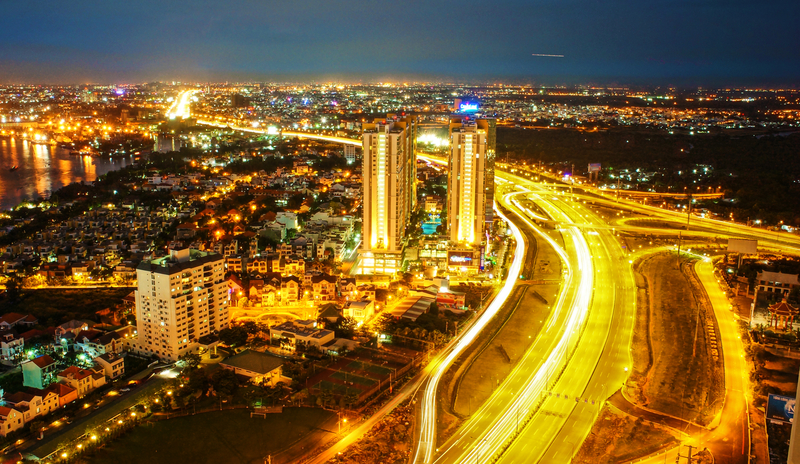
The Mekong Delta in Vietnam may run out of sand by 2035 as the country’s building boom and the installation of up-river hydroelectric schemes put the region’s ecosystems at risk.
The warning is contained in “Sand Budget for Vietnam Mekong Delta”, a report produced by the World Wildlife Fund (WWF), an organisation that has followed the depletion of Vietnam’s sand resources over the years.
The delta is formed where the Mekong empties into the South China Sea. As well as being one of Vietnam’s main rice growing areas, it is home to an immense range of flora and fauna.
According to the WWF, the delta covers about 4 million hectares and supports a population of about 18 million. Its habitats range from floodplains, wetlands and mangrove forests to mudflats, sea grasses, riparian vegetation, paddy land and peatlands, all which host more than 450 species of fish. It is also considered among the world’s five most vulnerable deltas.
The country’s booming economy is being underpinned by a boom in infrastructure construction. Presently, some 35-55 million cubic metres of sand are extracted a year to provide the concrete needed by this boom.
Vietnam halted the export of sand in 2017, so most of what is officially extracted will be used on projects that benefit locals – for example, four highway projects in the delta will need almost 60 million tons of sand between 2021 and 2025, according to the Ministry of Transport.
However, illegal sand mining, stimulated by high prices, is thought to be rife. The Mekon Eye website cites an incident in December 2022 when subsidence swallowed 5ha of farmland in the hamlet of Binh Thuan, Vinh Long province. “Immediately afterward, a dredger sped away amid the shouts and screams of angry locals. Thirteen houses sunk into the river and 109 people lost their homes that day.”

In August, police arrested a senior official in An Giang, a Mekong Delta province, for allegedly taking bribes of $50,000 from a mining firm.
The Trung Hau 68 Company mined more than 4.7 million cubic metres of sand despite having a licence to extract a third of that, police said.
The prevalence of illegal mining was underscored by a report published in The International Journal of Applied Earth Observation last year, which found that systematic measurement of sand in the area showed official figures underestimated the actual level of extraction.
As sand is extracted for construction, hydropower dams further up the Mekong are preventing its replenishment.
Report co-author Sepehr Eslami told the AFP news agency that if the sand runs out, there would be a 10% increase in areas affected by salt intrusion – a phenomenon that has already damaged rice crops in the area.
Eslami said sand depletion would also lead to “more riverbank erosion and larger tides that lead to more flooding and erosion”.
In the context of climate change, and the threat of rising sea levels, the shortage of sand represents an existential threat to the delta, the WWF warns.
People’s homes and businesses across the Mekong Delta have disappeared into the sea due to coastal erosion, in part caused by disappearing sand.
The ministry of agriculture and rural development said nearly 800 erosion spots had been reported, stretching across 1,134km of sea and riverbanks in the Mekong Delta, since 2016.
Further reading:






